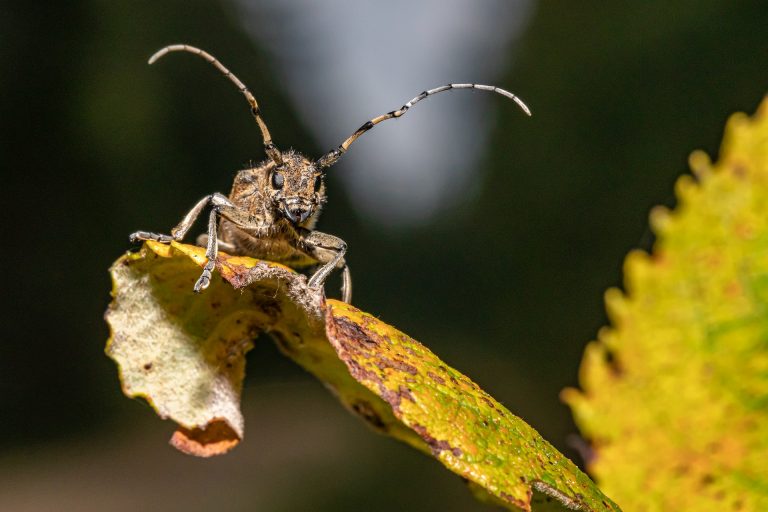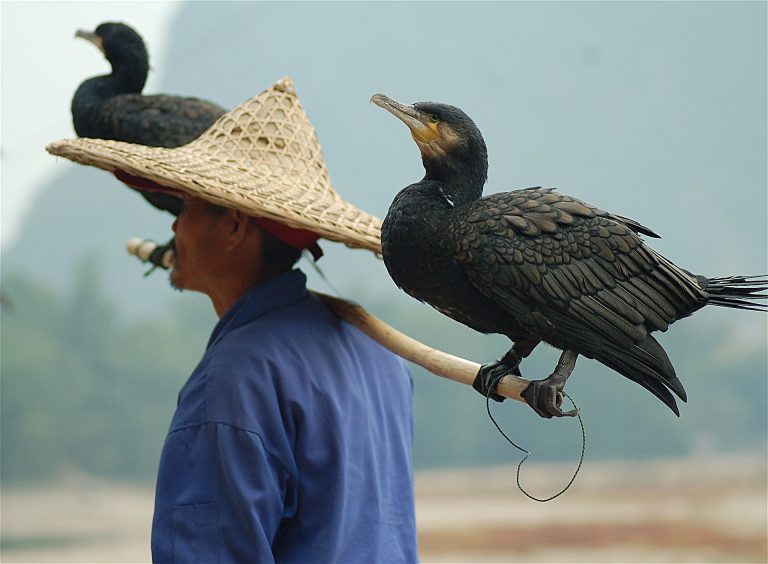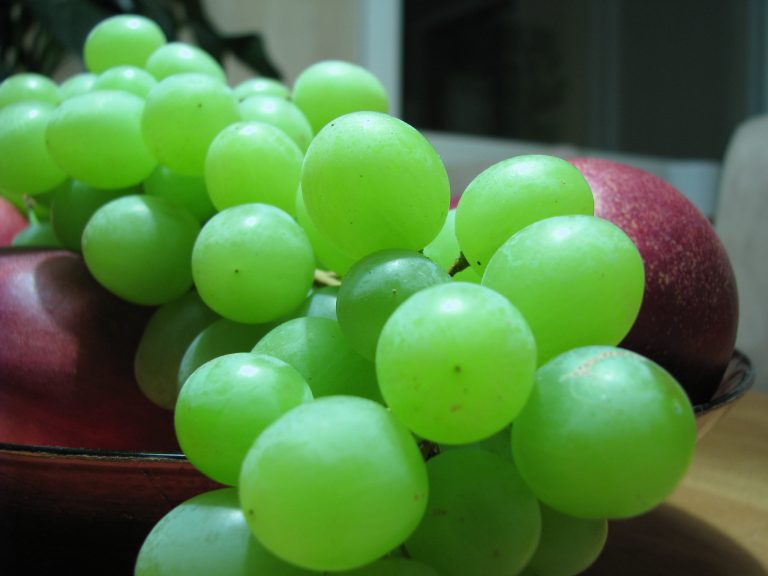It is estimated that there are 10 quintillion insects on our planet—about 1.4 billion insects for every person—and what’s more, they make up about 90 percent of all global animal species and more than half of all living organisms.
Studies have shown a trend of decline in terrestrial insects over the past decade and some species have become extinct. More and more people are realizing the need to protect insects, and several conservation measures have been launched worldwide. Learn how insects are essential, and you will want to protect them too.
Why are insects important?
While we are all familiar with insects that cause damage and spread disease, most insects are not pests, and have an important part to play in the natural world.
Insects are crucial to the food web. Not only are insects like ants, bees, wasps, and beetles responsible for the pollination of approximately one-third of our food crops; insects also feed the next level up on the food chain, including amphibians, birds, and small mammals.
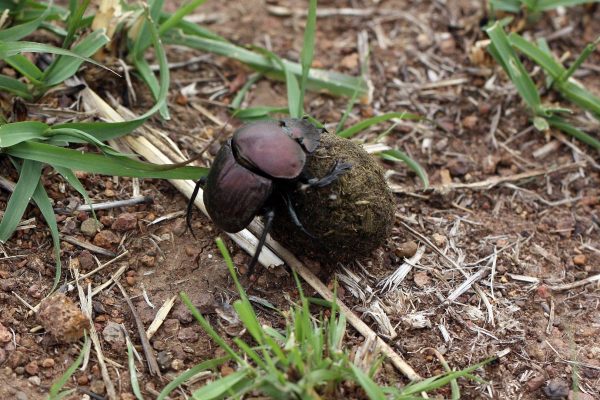
Insects also play an important role in decomposition. The dung beetle, for instance, feeds on organic matter like feces and animal carcasses, thus ensuring the steady flow of nutrients into the ecosystem. Countless tiny insects within the soil provide similar services.
Success
You are now signed up for our newsletter
Success
Check your email to complete sign up
For any insect pest, there is always a natural predator; and it is often another insect. Wasps, ladybugs, spiders, praying mantises and green lacewings are common beneficial insects. Attract them with water, food and shelter, and they can easily become your best allies in the garden.
Although an Insect Apocalypse has been heralded since 2018, a 2020 report has been able to provide a more nuanced view of insect population patterns. The analysis was conducted mainly in North America and Europe, with two databases from African countries and some from Australia. While the news is not very positive—the number of insects has indeed decreased—the data shows that the decline is not as apocalyptic as previously portrayed.
The study, based on the results of 166 surveys in 1,676 locations around the world, found that terrestrial insects have decreased by one percent every year. “This is not even something you would notice from year to year, because the insect population varies so much,” said Van Klink to Science News. “But after 30 years you will have lost a quarter of your insects.”
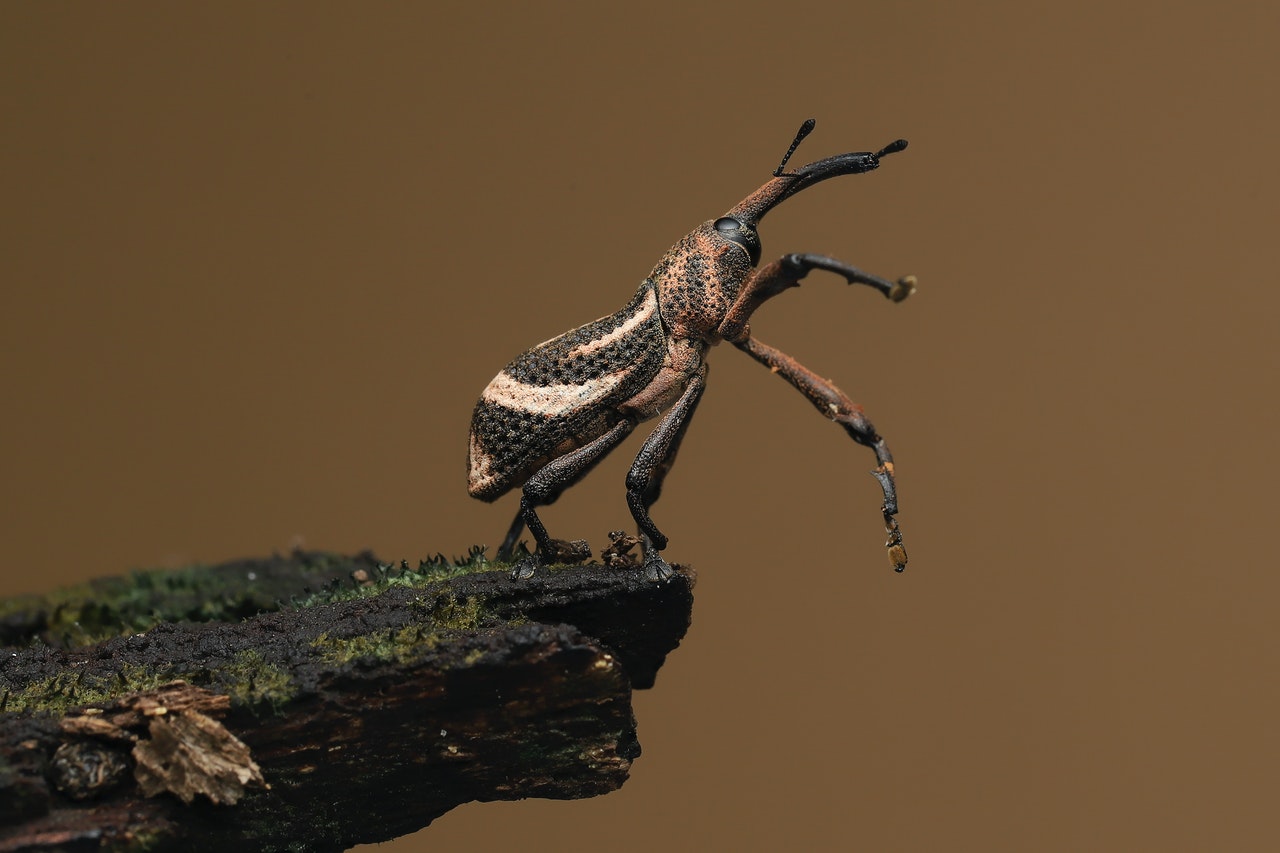
While land-dwelling insects have faced a population decline, the study found that freshwater insects have seen an 11 percent rise in a decade. Scientists attribute the increase to modern environmental laws which have improved water quality. Yet freshwater only covers about 2.5 percent of Earth’s surface; so their population growth cannot compensate for the losses in terrestrial species.
Counting squashed insects
Flying insects became the focus of attention in Great Britain this year, when a survey revealed that their population in the island has dwindled by 60 percent since 2004
The data was obtained from counting splats on car registration plates, a method based on the “windshield phenomenon” which, in simple terms, provides data on insect populations by observing the number of dead insects in the windscreens of people’s cars.
Comparing data from 2004 with the results collected by volunteers in the summer of 2021, it was found that the decline in the flying insect population amounted to 65 percent in England, 55 percent in Wales and 28% in Scotland. Scientists believe that the smaller decrease in Scotland is because habitat fragmentation, light pollution and the use of pesticides are less intense on the Emerald Isle.
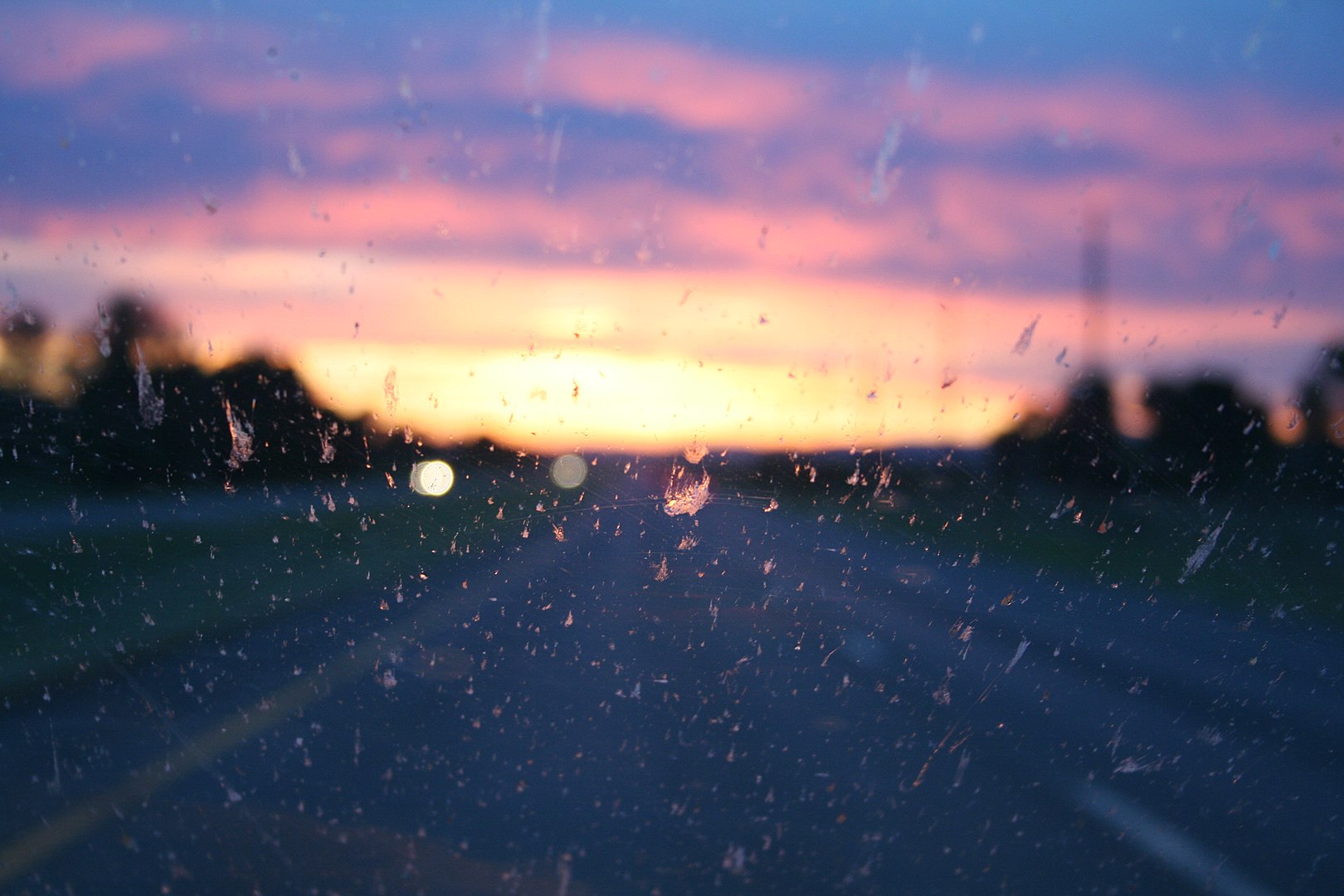
This study was made possible with the help of volunteers who actively collected data through the Bugs Matter app. The participants were asked to count the freshly splattered bugs on their license plates when making essential trips in their vehicle, and to submit the count— along with a picture—via the app.
The successful collaboration last year, which saw almost 5,000 trips recorded, has motivated Buglife—the European organization that created Bugs Matter—to continue gathering data every year to better understand insect population trends. The next survey will run from June 1st to August 31st of 2022, and the entire British public is encouraged to participate by counting and reporting squashed insects.
Small actions you can take to help bugs:
With the main threat to insects being habitat destruction, pesticides and light pollution; there is plenty we can do to reverse the trend of insect decline.
Limit light use at night
Dark night skies are necessary for many insects to survive and thrive. Turn off unused lights, dim those in use, and switch to amber or red-colored bulbs, as these colors are less attractive to insects.
Most nocturnal insects are attracted to artificial lights — some of which are sensory traps — causing them to die from exhaustion or predation before dawn. These lights also affect the reproductive success of insects such as fireflies, which use light to attract mates at night. Limiting our use of exterior lighting is an effective way to help protect insects.
Give back some habitat
Since insects need very little space to survive, leaving a small portion of your lawn or garden wild will aid their conservation. Avoid trimming the vegetation in a small area — as little as 10 percent — and leave fallen leaves, twigs, fruits and stones in place. Not only will you see the little helpers come to inhabit the area, but your lawn/garden maintenance expense will be reduced, at least by a small amount.
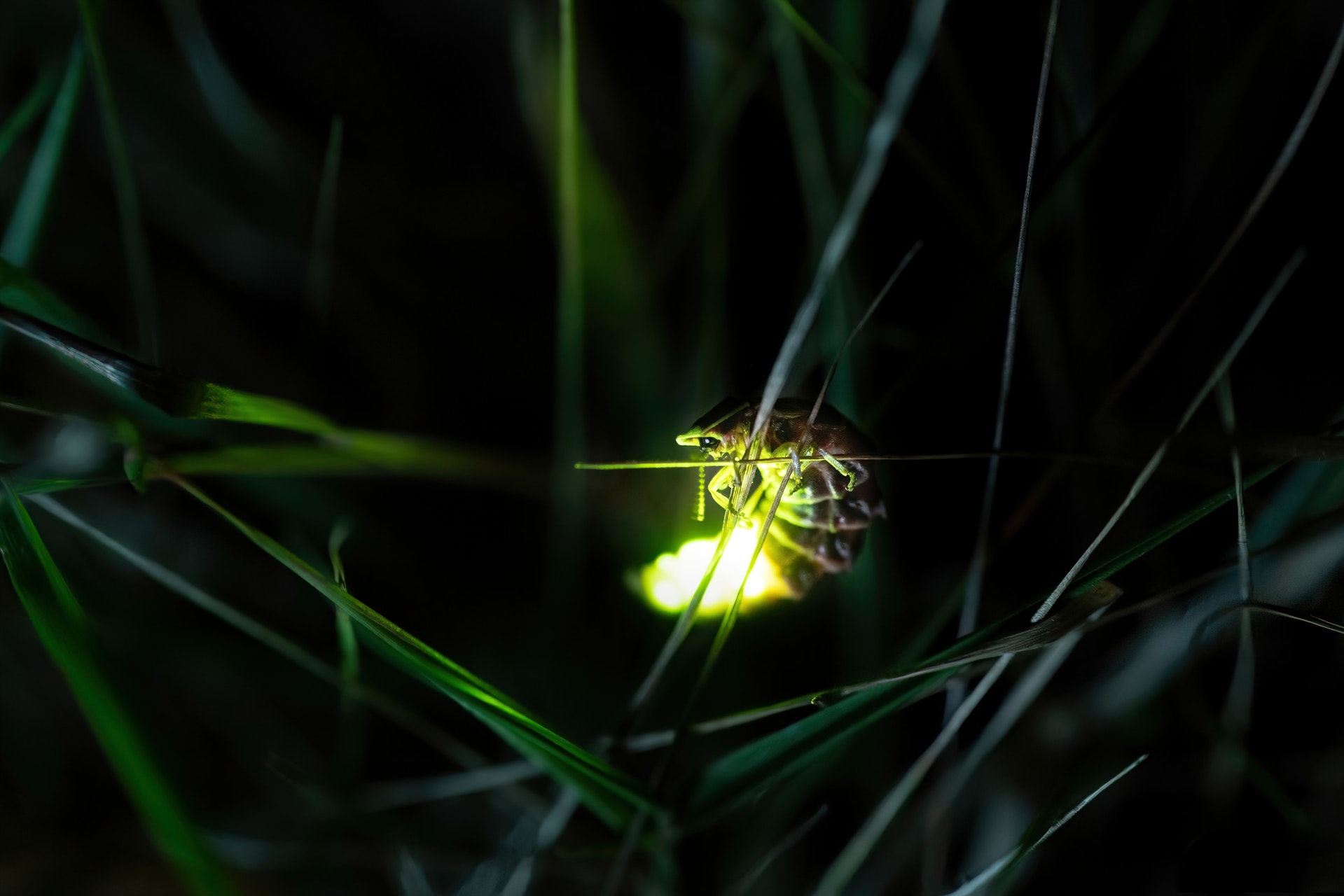
Grow native plants and wildflowers
Native insects and native plants have strong ecological ties that have existed for millions of years. When we favor native plants over the ornamental types, we are providing insects with food sources and nesting sites that meet their needs.
Planting wildflowers is a good way to attract insects like bees, ladybugs and butterflies. You can enjoy their natural beauty and fragrance while boosting the biodiversity of your green space.
Opt for non-chemical measures
Pesticides and herbicides can affect flying insect populations far from the source, damaging far more than the intended target. Reducing their use will benefit all insect communities.
If mosquitoes frequent your home and you don’t precisely enjoy their company, there are several ways to keep them away without using pesticides.
Keep your window screens in good condition. Clean them lightly using a soft vacuum or a toothbrush for the smaller spots. Remove all standing water in containers, since they serve as larval habitats. If you have a bird bath or pet dish, make sure the water is changed daily.
Reduce surface contaminants
When the soap runoff from our car washes is discharged into our local water systems, all of its pollutants—including ammonia, heavy metals, nitrogen and phosphorus, are likely to come into contact with natural waterways that contain aquatic insect communities. By reducing our soap runoff we are not only saving resources, but also protecting some of the Earth’s most vulnerable species.
While road salt is an essential component of winter safety, we would do well to reduce its use whenever possible. Studies have shown that salinization not only poses a significant threat to insect conservation but also affects plant growth.
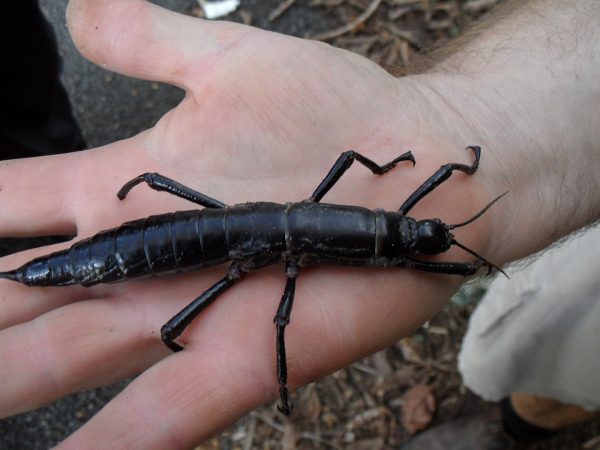
Change your perspective
The world of insects is as vast as it is mysterious. Our limited understanding of these creatures and a generalized negative perception of them has resulted in a lack of appreciation for the crucial role they play in the environment.
While many of them may not meet our standards of beauty, it is worth considering what our planet would be like without them. We may find that life on smaller scales is truly fascinating.



